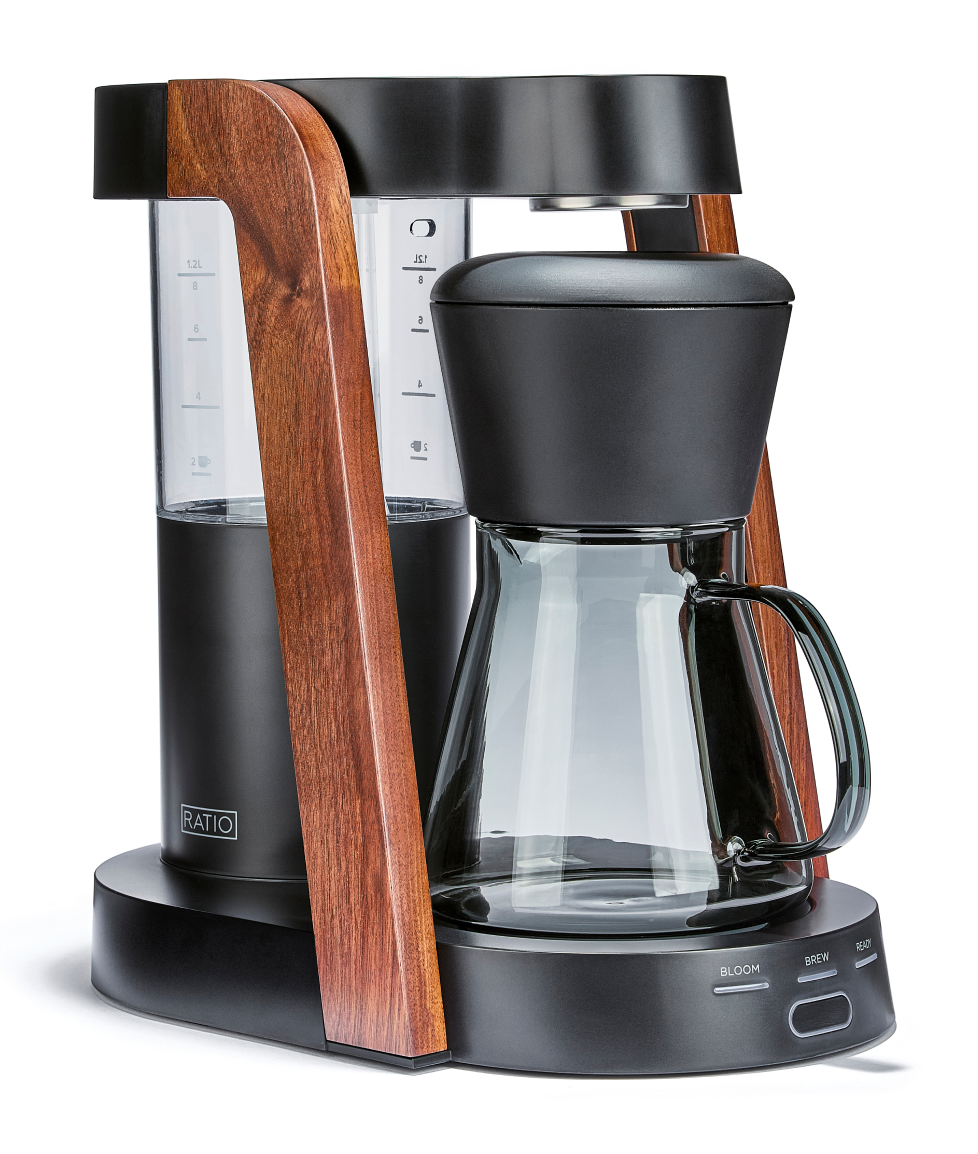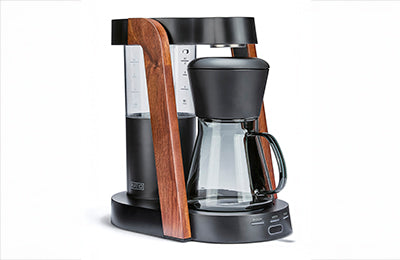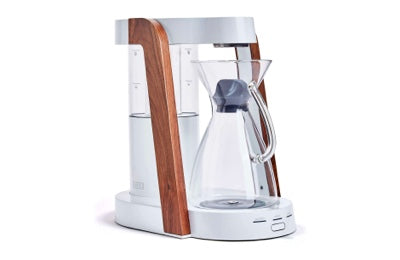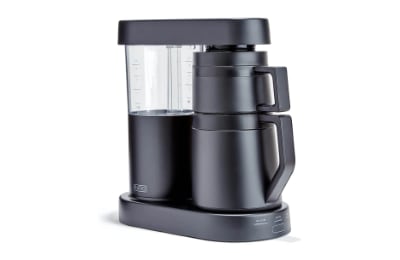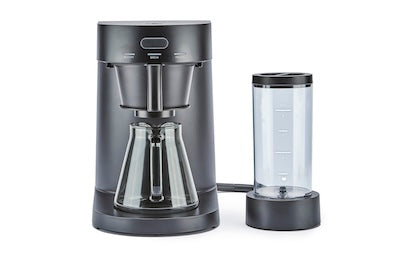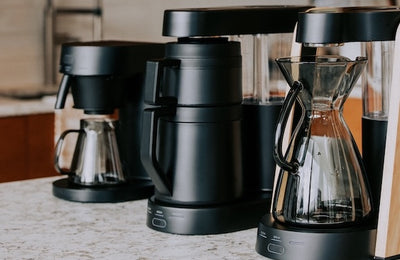Batch Brewing vs. Manual Brewing: Pros and Cons
Navigating the coffee brewing landscape can feel complex with so many options. Batch brewing and manual coffee brewing stand prominently among the best brewing methods, each offering distinct advantages and challenges. In batch brewing, ease and consistency take center stage, allowing you to prepare multiple cups with minimal effort. For anyone with a busy schedule or who entertains guests frequently, this might be the go-to option. On the flip side, manual brewing offers you a personalized touch. It taps into the nuanced flavors and aromas, which you can adjust to suit personal preferences. However, manual brewing requires more time and precision, marking a clear divide between convenience and personalization in coffee preparation.

What is Batch Brewing
Batch brewing is a technique widely appreciated for its simplicity and efficiency, especially in settings where you need to serve several cups simultaneously. This method employs machines designed to brew large volumes at once, maintaining a consistent taste across each serving. As a result, it's often favored in cafes and workplaces where the demand for quick coffee preparation is high. Batch brewing ensures that you won't compromise quality for quantity.
One of the most commonly asked questions about this method is how it compares to manual brewing in terms of flavor. The key difference lies in automation; batch brewing might lack the nuanced control over flavor extraction that manual coffee brewing offers. However, the consistent temperature and brewing time provide a reliable coffee experience that many find satisfying.
In environments where efficiency is paramount, batch brewing shines by swiftly delivering a fresh pot of coffee with minimal human intervention. While machines handle the bulk of the work, you can focus on other tasks or enjoy more time with your guests. Understanding the balance between convenience and flavor can help determine if batch brewing aligns with your coffee needs.
Batch brewing machines come in various models, each engineered to optimize the brewing process. Their programmable settings often allow you to tweak coffee strength to some extent, widening the appeal for different taste preferences. Embracing batch brewing can simplify your coffee routine, particularly if you cater to multiple coffee enthusiasts at once.

What is Manual Brewing
Manual brewing celebrates the artistry of coffee-making, offering a hands-on approach that allows you to craft each cup to your exact liking. This method involves tools like a French press, pour-over, or AeroPress, and requires a more attentive process. Unlike batch brewing, you control every variable, from water temperature to brewing time, making it one of the best brewing methods for those who savor the details.
For those new to manual coffee brewing, a practical tip to enhance your experience is to experiment with different coffee-to-water ratios. This adjustment can significantly alter the flavor profile, helping you discover the perfect balance that suits your taste. Manual brewing opens up a world of customization, making each cup a unique experience.
Although manual brewing demands more time and precision, it rewards you with a richer and more nuanced flavor. The process of engaging with your coffee at this level can be extraordinarily satisfying. This method suits those who appreciate the ritualistic nature of coffee preparation and who enjoy being part of every step in the brewing process.
Incorporating manual brewing into your routine provides the flexibility to adapt and refine your technique, honing in on what makes each coffee distinct. Your brewing practice becomes an expression of personal taste, offering a bespoke coffee experience that can transform a simple drink into a cherished ritual.

Pros of Batch Brewing
The primary advantage of batch brewing is its ability to save time, particularly when serving multiple cups. You load the machine once, press a button, and let it do the work. This convenience is unmatched, making it an excellent choice for busy mornings or when you're hosting guests, ensuring everyone is served promptly.
Batch brewing provides consistent quality in every cup, thanks to its controlled brewing process. The machine's programmed settings ensure the right ratio of coffee to water, maintaining a steady temperature throughout. This consistency brings peace of mind, as you can trust that each batch will taste as good as the last, delivering a familiar and enjoyable coffee experience.
In addition to convenience and consistency, batch brewing offers exceptional efficiency. You can brew large quantities at once, reducing the need for repeated manual efforts and allowing you to focus on other tasks. This efficiency is particularly beneficial in office settings or cafes, where time management and resource allocation are essential.
Batch brewing also provides ease of use, making coffee preparation accessible to anyone, regardless of their experience level. With straightforward operation and little required intervention, even those unfamiliar with the intricacies of coffee brewing can achieve great results. This straightforwardness makes batch brewing an attractive option for anyone seeking simplicity without sacrificing quality.
Batch brewing's adaptability to various coffee preferences is another significant pro. Many machines come with customizable options, letting you tweak settings to produce different strengths and flavor profiles. This flexibility allows you to cater to a broad spectrum of tastes, ensuring that every drinker finds batch brewing among the best brewing methods for their personal preferences.
Cons of Batch Brewing
Batch brewing is often praised for its convenience, but it does have some drawbacks worth considering. One significant concern is the potential compromise in flavor complexity compared to manual coffee brewing. While many believe that automation ensures quality, there’s a strong case for the nuanced control offered by manual methods, which can bring out subtler notes and rich textures that might be lost in batch processes.
Another disadvantage lies in the lack of interaction and engagement with the brewing process. Batch brewing tends to minimize the user's involvement, reducing the charm and satisfaction found in the ritualistic aspects of preparing coffee manually. This may not appeal to those who enjoy the hands-on experience of crafting their brew, savoring each step from grind to pour.
Batch brewing can also face limitations in terms of customization. Although some machines allow for adjustments in brew strength, the range of customization options is typically narrower than that achieved through manual methods. For those who cherish tailor-made coffee experiences, this could feel restricting, prompting a preference for the best brewing methods that provide extensive creative control.

Pros of Manual Brewing
Manual brewing offers a unique set of benefits that appeal to coffee aficionados who value control. One of the most enticing pros is the precision it offers in crafting each cup. Tracing its evolution from the early days of coffee preparation, manual brewing tools have developed to emphasize meticulous control over brewing variables. This ability to tweak water temperature and brew time allows you to fully explore and extract the coffee's inherent flavors, yielding a richer experience than batch brewing.
Another significant advantage of manual brewing is the deep connection it fosters between the coffee maker and their beverage. Engaging actively with every step of the process transforms coffee preparation into a meditative ritual. This historical tradition of manual coffee brewing has long been celebrated for its cultural and social significance, offering not just a drink but an experience that enriches your routine.
Cons of Manual Brewing
Manual brewing, while cherished for its artisanal nature, does come with certain drawbacks. The method requires significantly more time and attention compared to batch brewing. Each cup becomes an involved project, demanding precise measurement and patience, which might not suit everyone’s daily routine, especially when time is limited or when serving multiple people simultaneously.
The complexity of manual brewing can also be daunting for beginners. Since this method involves steep learning curves, mastering the intricacies like water temperature and grind size can be challenging. This level of detail might deter those looking for a quick and foolproof coffee preparation method, making batch brewing a more appealing option for a hassle-free experience.
In the next few years, manual coffee brewing might see a resurgence in interest among enthusiasts seeking a deeper coffee experience, yet it's likely to remain niche. While manual brewing attracts those who value the journey over the destination, it might never match the widespread convenience of automated methods. However, its popularity with dedicated coffee lovers ensures its continued relevance in coffee culture.
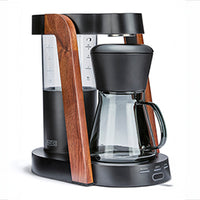 Ratio Eight S2
Ratio Eight S2
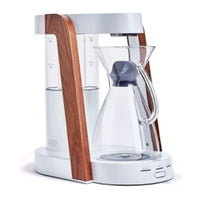 Ratio Eight Original
Ratio Eight Original
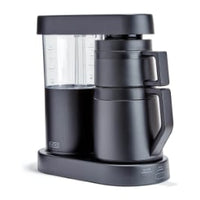 Ratio Six
Ratio Six
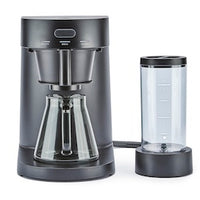 Ratio Four
Ratio Four
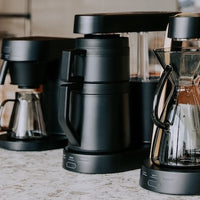 Compare Machines
Compare Machines
